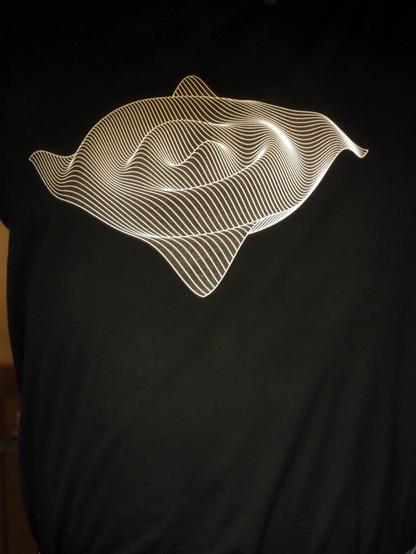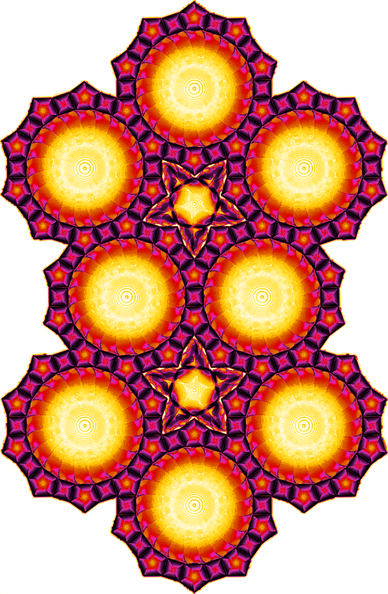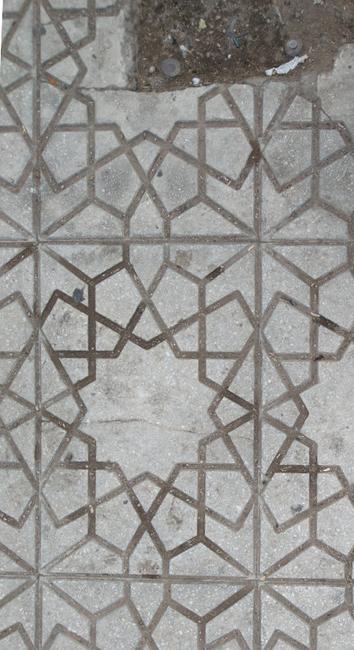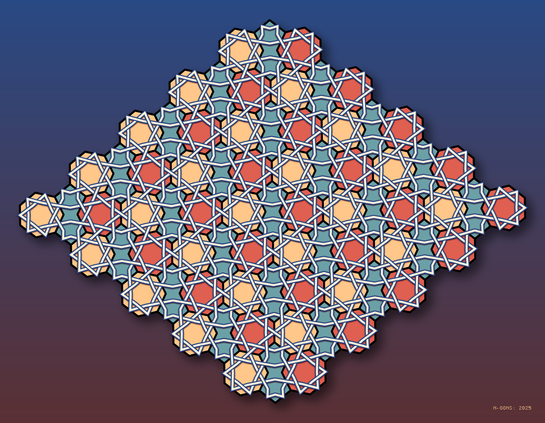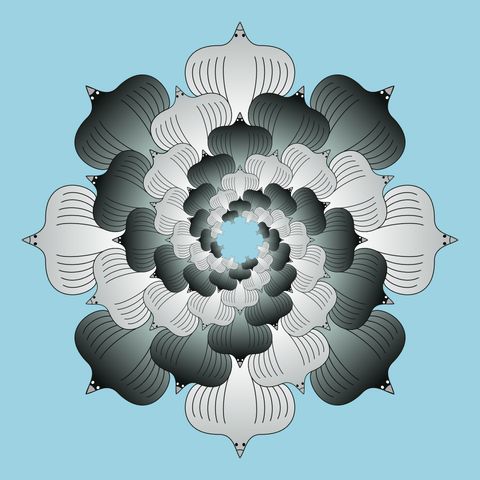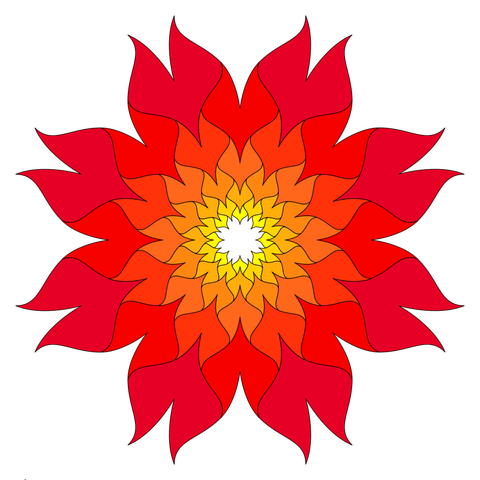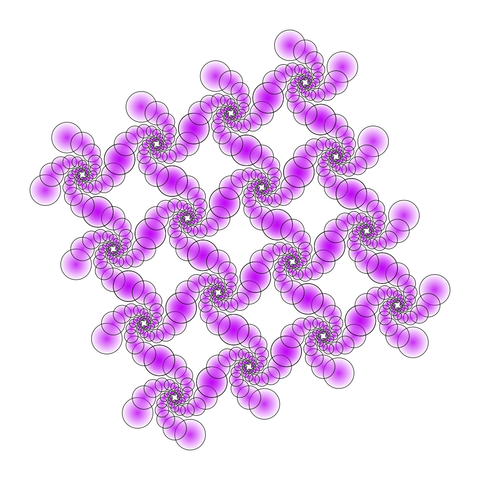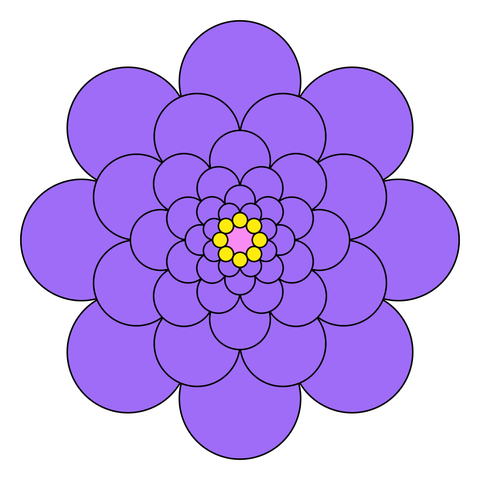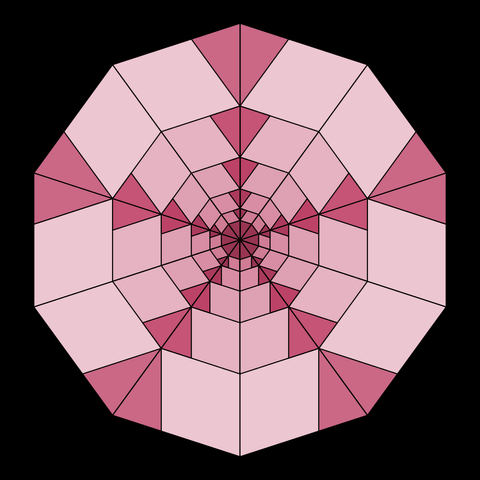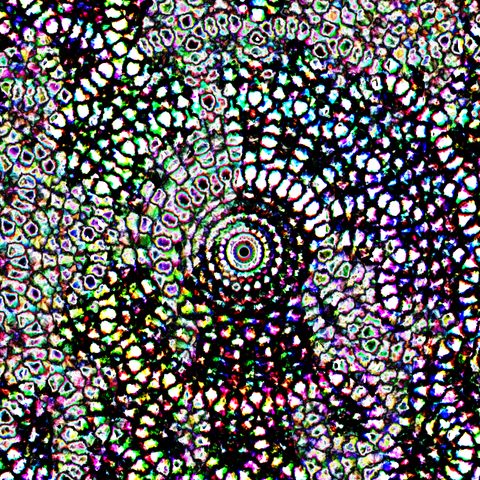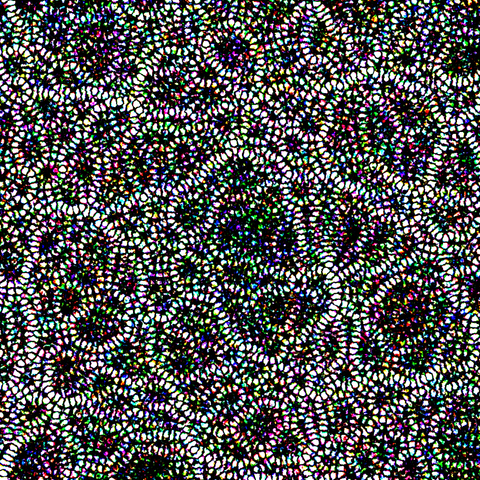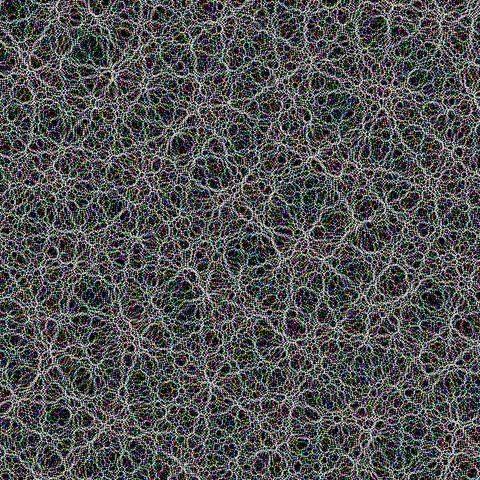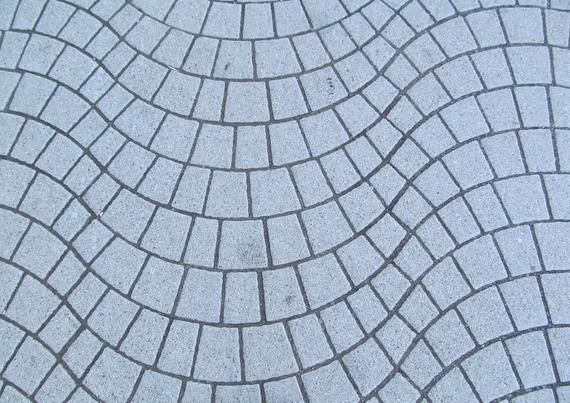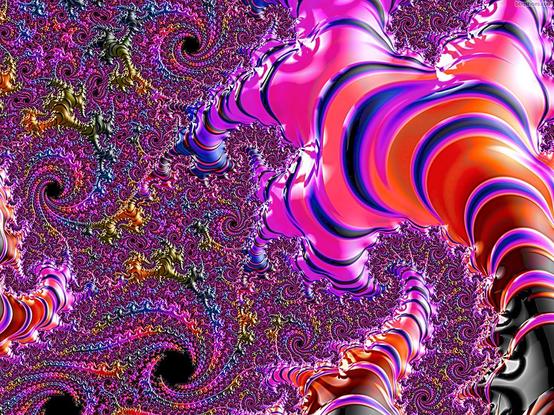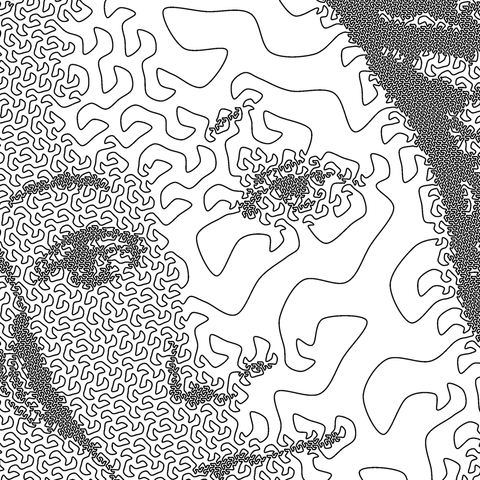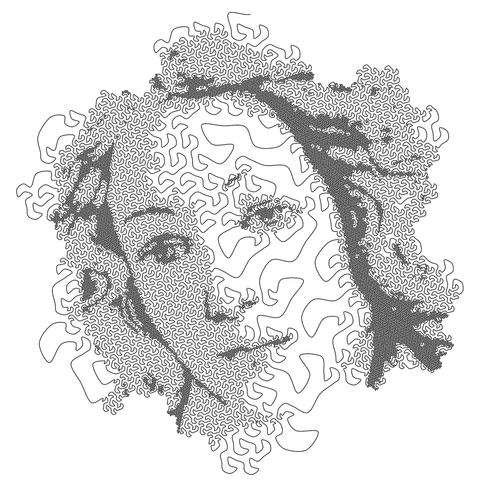Recent searches
Search options
#mathart
A generalisation of Varignon’s Theorem https://en.wikipedia.org/wiki/Varignon's_theorem inspired by https://mathstodon.xyz/@ColinTheMathmo/114563307151366884
#Tiling #Pattern #Geometry #MathArt #MathsArt #loop #animation #geogebra
The sale at my online shop continues through this Sunday (June 1).
I invite you to visit today! Use the discount code DG-Math for 15% off clothing, wall prints, and housewares.
With the complete rebuild of my online shop, a lot has improved. Particularly, I'm now able to ship much more widely, and at lower prices.
I invite you to visit today! The discount code DG-Math, for 15% off clothing, wall prints, and housewares, is active through Sunday, June 1.
Street paving, Marrakesh, Morocco
#TilingTuesday #Tiling #IslamicPattern #Pattern #Geometry #MathArt #MathsArt #photography
This is literally the dark side of the Penrose Tiling.
So you know the Penrose Tiling is a 2D-Projection of a 5-dimensional grid?
This is the Projection to the other 3 Dimensions.
Flock of birds, inspired by the art of Escher. I think this will be my last artwork in this series.
#mathart #geometry #tiling #octagonal #escher
Another one more elaborate, with these colours it resembles fire. With other colours could be birds joining into the center.
#mathart #geometry #tiling #octagonal
More artistic drawings based on the previous patterns. The second is very simple but I like it, it was done by just stacking circles.
#mathart #geometry #octogonal
I'm delighted to announce the new version of Differential Geometry, my math blog and online shop, and warmly invite you to visit https://www.diffgeom.com to see all that's new!
As a special thank-you for your interest and support, please use the discount code DG-Math through Sunday, June 1, for 15% off clothing and wall decor.
A crystally object for #TilingTuesday
All pentagons are glued to a friend, all triangles face outwards.
Warping Quasicrystal
From Tetrahedral to Icosahedral.
For more examples of Cairo tilings with copious research and history, visit David Bailey's World of Tessellations at https://www.tess-elation.co.uk/cairo-tiling
#tiling #geometry #MathArt #pentagon
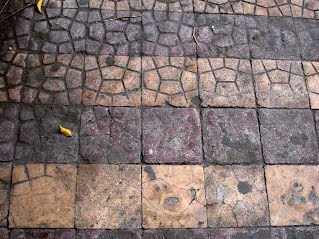
This looks to me like an echinoderm.
#TilingTuesday #tiling #geometry #mathart #decagon
%
https://idontlikenames.itch.io/apeiroweb
^interactive version sponsored™ by 125bpm姫
Wavy paving, Tokyo, Japan
#tiling #TilingTuesday #pattern #geometry #MathArt #photography
Testing the Gosper curve in my variable iteration halftoning setup. So far I've only used the Hilbert curve this way, and things get a bit coarser with the Gosper, so it was harder to find images that make nice results. So here we are with the old Venus again.
The number of points multiplies by 4 for Hilbert and 7 for Gosper on each step, so the latter has to get by with fewer iterations for a sensible resolution. Here we have 6 iterations for 6 grey levels.



